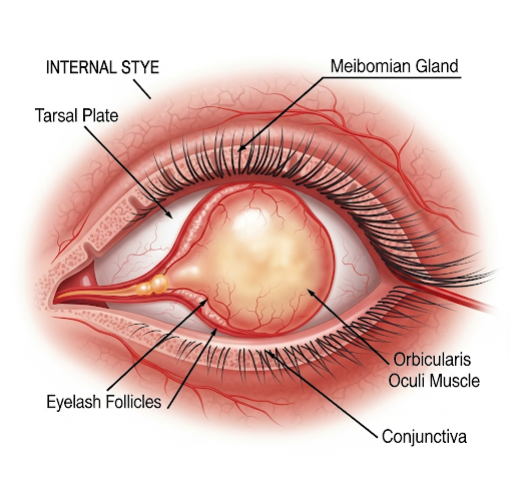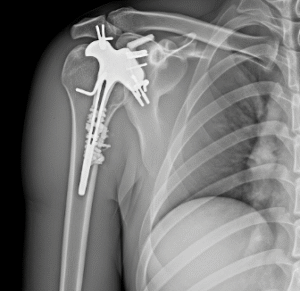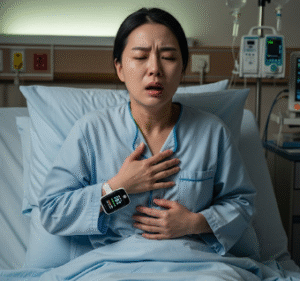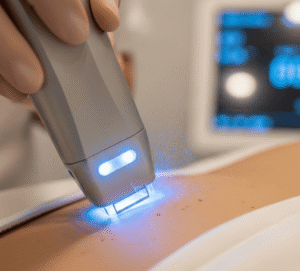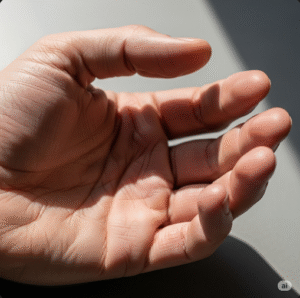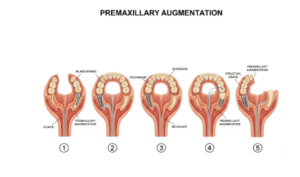Overview
An internal stye, medically known as an internal hordeolum, is a painful infection of the meibomian glands located inside the eyelid. Unlike an external stye that appears on the edge of the eyelid, an internal stye forms within the eyelid and often results in swelling, redness, and tenderness. Though generally not serious, if left untreated, it can cause discomfort and sometimes complications like chalazion formation.
In Korea, access to specialized ophthalmology clinics and advanced treatments, including both conventional and traditional Korean medicine options, ensures effective management of internal styes with minimal complications.
What is an Internal Stye?
An internal stye is a bacterial infection, usually caused by Staphylococcus aureus, that affects the meibomian glands, which are oil-producing glands inside the eyelids. When one of these glands becomes blocked and infected, it leads to a localized collection of pus and inflammation. This results in swelling on the inside of the eyelid, which may cause pain, irritation, and sometimes visual disturbances due to eyelid swelling.
Symptoms
Common symptoms of an internal stye include:
- Painful swelling and redness on the inner surface of the eyelid
- Tenderness and discomfort, often worsening with blinking or eye movement
- Sensation of a foreign body or irritation in the eye
- Watery eyes or increased tear production
- Sensitivity to light (photophobia) in some cases
- Possible mild blurred vision if swelling presses on the eyeball
- Occasionally, a yellowish pus point visible inside the eyelid
Causes
Internal styes primarily develop due to:
- Bacterial infection, commonly Staphylococcus aureus
- Blockage of the meibomian glands due to poor eyelid hygiene or debris
- Chronic inflammation of the eyelids (blepharitis)
- Immune system disorders or conditions that reduce local resistance
- Contact lens use or eye makeup contamination can increase infection risk
- Stress and lack of sleep may predispose to eyelid infections
Risk Factors
Individuals more susceptible to internal styes include those who:
- Have a history of recurrent styes or blepharitis
- Use contact lenses improperly or have poor eye hygiene
- Have chronic skin conditions such as seborrheic dermatitis or rosacea
- Suffer from diabetes or other systemic diseases affecting immunity
- Experience stress or fatigue frequently
- Use certain medications that reduce immune function
Complications
If untreated or recurrent, internal styes can lead to:
- Formation of chalazion, a chronic, non-infectious cyst caused by blocked meibomian glands
- Spread of infection to other parts of the eyelid or orbit (orbital cellulitis), which is rare but serious
- Persistent eyelid swelling and discomfort affecting vision and daily activities
- Scarring or eyelid deformities in severe or repeated cases
Prevention
To reduce the risk of internal styes:
- Maintain good eyelid hygiene by regularly cleaning eyelid margins with gentle cleansers or warm compresses
- Avoid rubbing eyes with unclean hands
- Properly handle and clean contact lenses and avoid wearing them during infections
- Remove makeup thoroughly before sleeping
- Manage underlying eyelid inflammation such as blepharitis promptly
- Ensure adequate rest and reduce stress levels to maintain immune health
Treatment Options in Korea
Diagnosis
Diagnosis is primarily clinical, based on physical examination by ophthalmologists. In some cases, bacterial cultures may be taken if infection is severe or recurrent. Korean eye clinics use slit-lamp microscopy to assess the eyelid and gland condition precisely.
Medical Management
- Warm compresses applied several times daily to promote drainage and relieve pain
- Topical antibiotic ointments or drops to control bacterial infection
- Oral antibiotics prescribed if the infection is extensive or does not improve with topical therapy
- Anti-inflammatory medications to reduce swelling
Surgical Treatment
- If the stye develops into a chalazion or abscess, minor surgical drainage or excision is performed under local anesthesia.
- Korean ophthalmologists are skilled in minimally invasive techniques ensuring quick recovery and minimal scarring.
Complementary Therapies
- Some patients in Korea seek traditional Korean medicine treatments like acupuncture or herbal eye washes, which may help reduce inflammation and promote healing, often used alongside conventional treatment.
Follow-up Care
- Regular follow-up to monitor healing and prevent recurrence
- Management of chronic eyelid conditions such as blepharitis to reduce future risk

